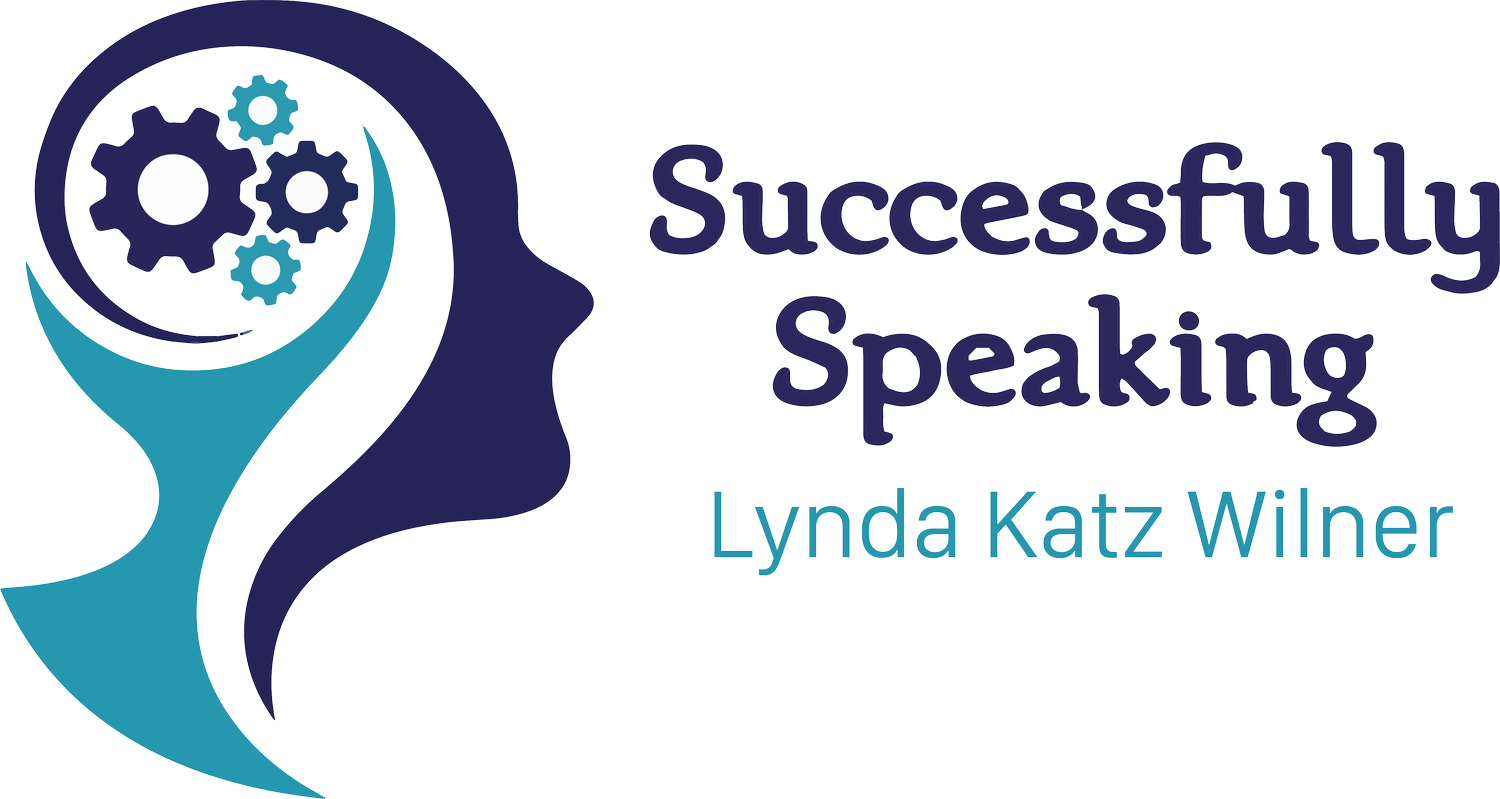Your Face Says It All: Facial Expressions from Successfully Speaking
There is so much more to communication than just what you say. Your body language, facial expressions, and eye contact (or lack thereof) are just as important as words when you’re communicating with others. For example, consider a time that you were being interviewed. Was your interviewer serious the whole time, or did they smile? How did their facial expressions make you feel while you were being interviewed? Were you unnerved by a serious interviewer...Put at ease by someone who smiled and made eye contact? Have you seen someone deliver bad news with a smile on their face? Then you already know the importance of facial expressions for communication and how facial expressions should match the emotional content.
What you may not have considered is how communicating through facial expressions actually works. First and foremost, it’s always important to be conscious and aware of your facial expressions. It can be second nature to frown when you're upset or smile when something goes your way. Once in a while, though, it’s necessary to employ a “poker face,” especially in the business world. Being able to hide your emotions with a blank face or smile when you’re upset can come in handy if you’re trying to appear neutral to a potential employer or business partner.
If you’re giving a speech or a presentation where you’re trying to make people comfortable, start with a smile. It will show your audience that you’re happy to be there and confident in the material that you’re about to deliver. While your smile may be a little forced (especially if you’re nervous), try to make it as natural as possible. Think of something that makes you happy before you stand up, and hold on to that thought before you begin your speech or presentation. It will make your smile seem more organic and believable. Genuine smiles travel up to your eyes.
To better understand what your facial expressions are like, and how they convey messages, take some time to make faces in front of a mirror. It may seem a little silly to you at first, but it will help you understand how your facial muscles feel when you are expressing certain emotions. Try out the 7 main emotions that are expressed through facial expressions, and then see how they compare in feeling to the real emotions to grasp better control of how you’re communicating.
Joy
Anger
Sadness
Contempt
Surprise
Fear
Disgust
Understanding your personal facial expressions will help you to communicate more effectively both one-on-one and in presentation settings.
And remember to smile on the telephone! It comes through in your voice!
Want to learn more about facial expressions and body language in communication? Successfully Speaking can help you learn more about yourself and what your most effective communication style is. Visit our website at www.successfully-speaking.com, or give us a call for a FREE 15-minute consultation at 443-690-5976.
